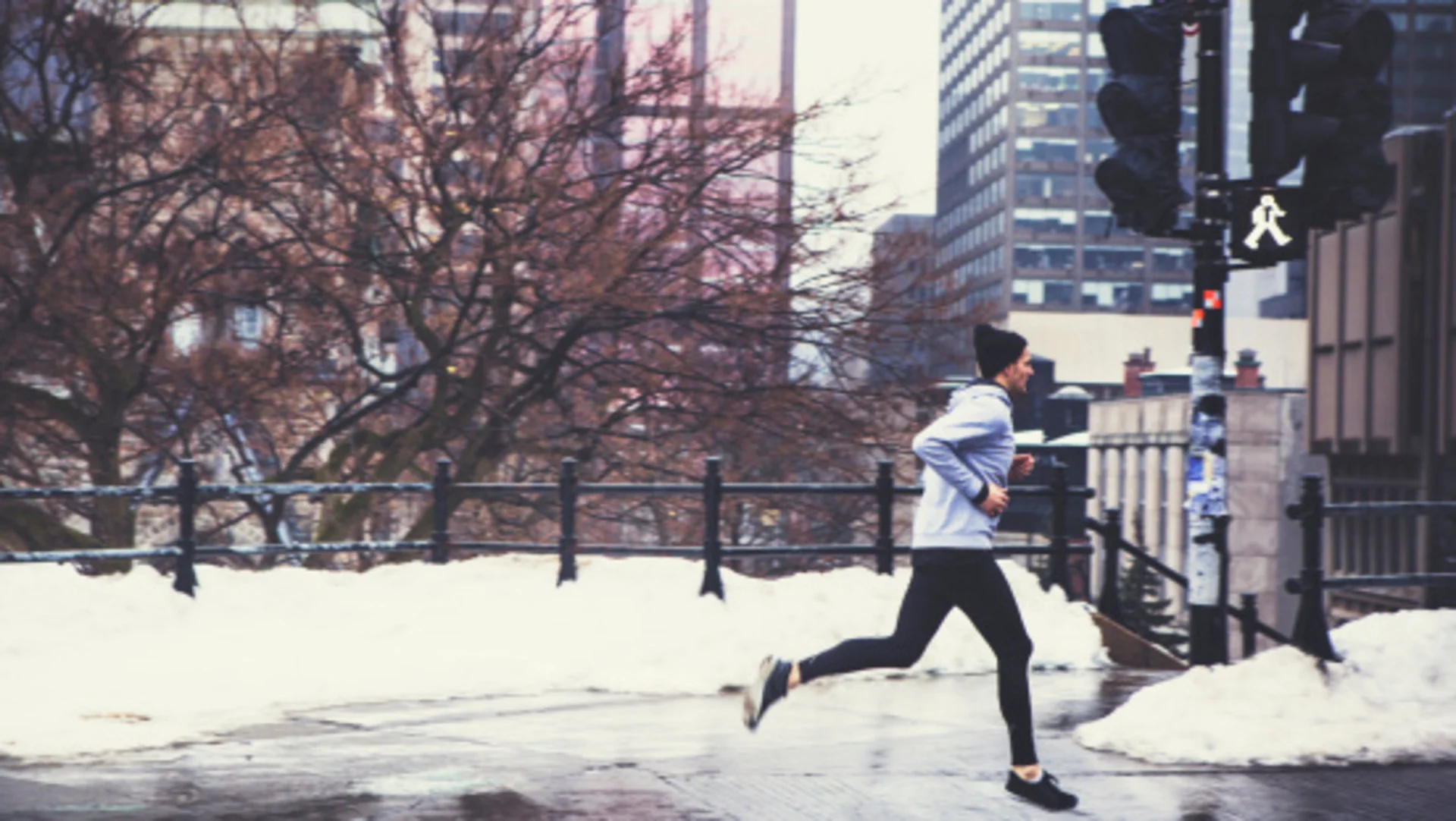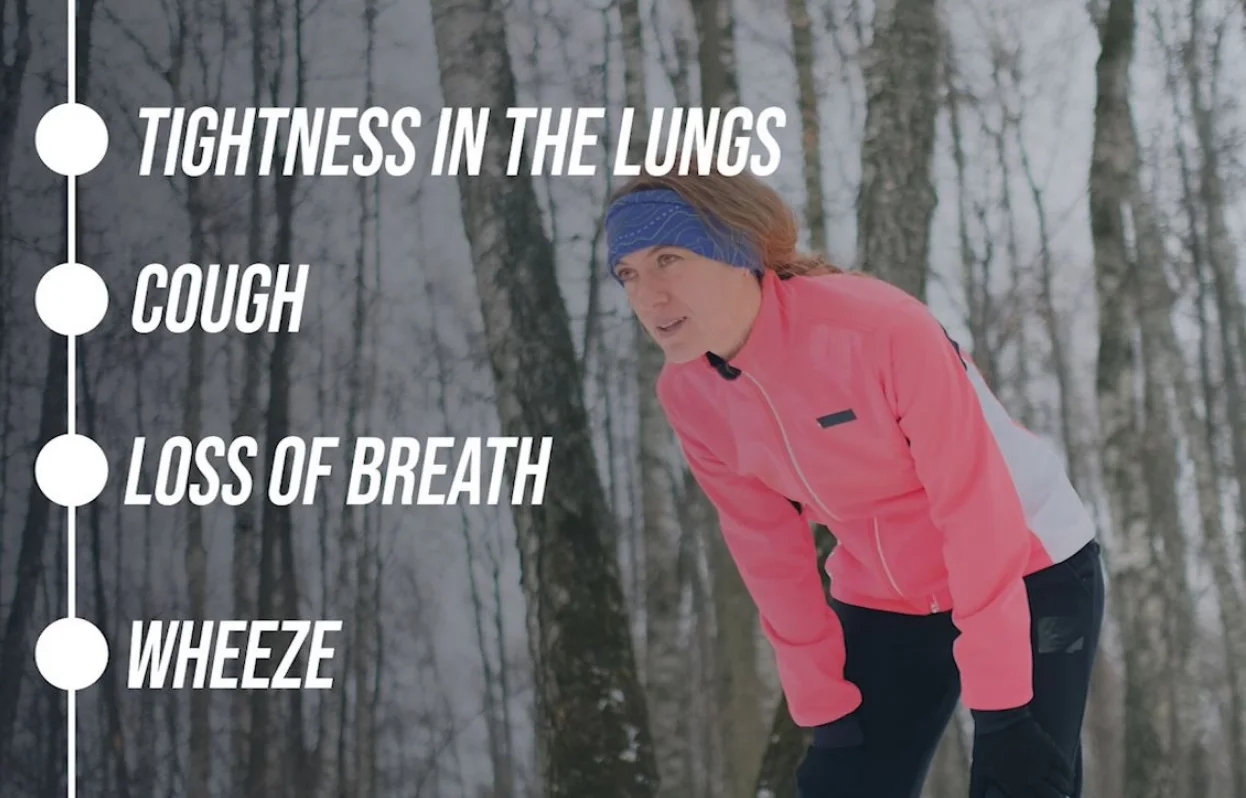
How cold is too cold to exercise outside?
The coldest months Canada has to offer are here, but could the freeze get in the way of your outdoor workout? Reporter Rachel Schoutsen talks to the experts in Health and Weather.
Since the onset of COVID and indoor capacity limits, Canadians have had to get creative with their workout regime — and for many, it means heading outside.
However, as the coldest months of the year are now underway, it's important to know the potential risks involved in taking your workout outdoors during winter.
“Through my research, the threshold of -15 C is something individuals and habitually active Canadians should pay attention to,” says Michael Kennedy, Associate Professor at the University of Alberta who specializes in Kinesiology and Recreation.
RELATED: How to increase vitamin D levels while isolating indoors
The reason for this is respiratory distress. Kennedy and his team conducted a study that tested athletes running on a treadmill in the following temperatures: 0, -5, -10, -15 and -20 C (40 per cent humidity).
The study found that more than half of the participants started to experience respiratory stress at -15 C.
Some of the health issues people may face when exercising in the cold include:

Courtesy: Videoblocks and The Weather Network
HOW SHOULD I EXERCISE OUTDOORS WHEN IT'S COLD?
One of the most widely agreed on suggestions is to tone down the intensity.
“When the temperature takes a dive, so should the intensity of your workout,” says Kennedy.
Additionally, wearing something over your face like a high quality microfibre buff is also recommended. This can help warm the air you breath and prevent drying.
Kennedy also adds, “although it sounds counterintuitive, going inside immediately after a cold weather workout causes more stress on the lung because the already-stressed airways have to work harder to humidify the air at a warmer temperature. Take an easy warm down for five to 10 minutes until your breathing returns to resting levels before you head indoors. You will certainly cough less, and your lungs won't feel like they are burning as much."
And if you are concerned about your breathing in the cold perhaps it's time to find an alternative indoors.
IT'S STILL IMPORTANT TO MAKE PHYSICAL ACTIVITY TOP PRIORITY
Getting outside in the fresh air is so beneficial during this time of year, and while the weather can be extreme at times, it's important to take advantage of the days that are on our side.
“Just taking that step outside really connects us to the pulse of life,” says Professor Rebecca Lloyd at the University of Ottawa.
“However, one of the paradigms I think we need to avoid is the 'no pain, no gain'. So the key thing is if you are someone who likes to run or who likes to push themselves — is that you do not want to necessarily reproduce that same intensity that you would do inside, outside. We really just want to pay attention to how the movement feels; how the movement of the airflow feels.”
Lloyd suggested avoiding things like high intensity interval training when the temperatures are really cold. Steady state exercise will likely be more comfortable especially when considering balance on potentially icy surfaces.
Take time to adjust your exercise routine for the day. Extreme cold does not need to mean extreme discomfort.
You can find more information about outdoor winter workouts in the video that leads this article.











